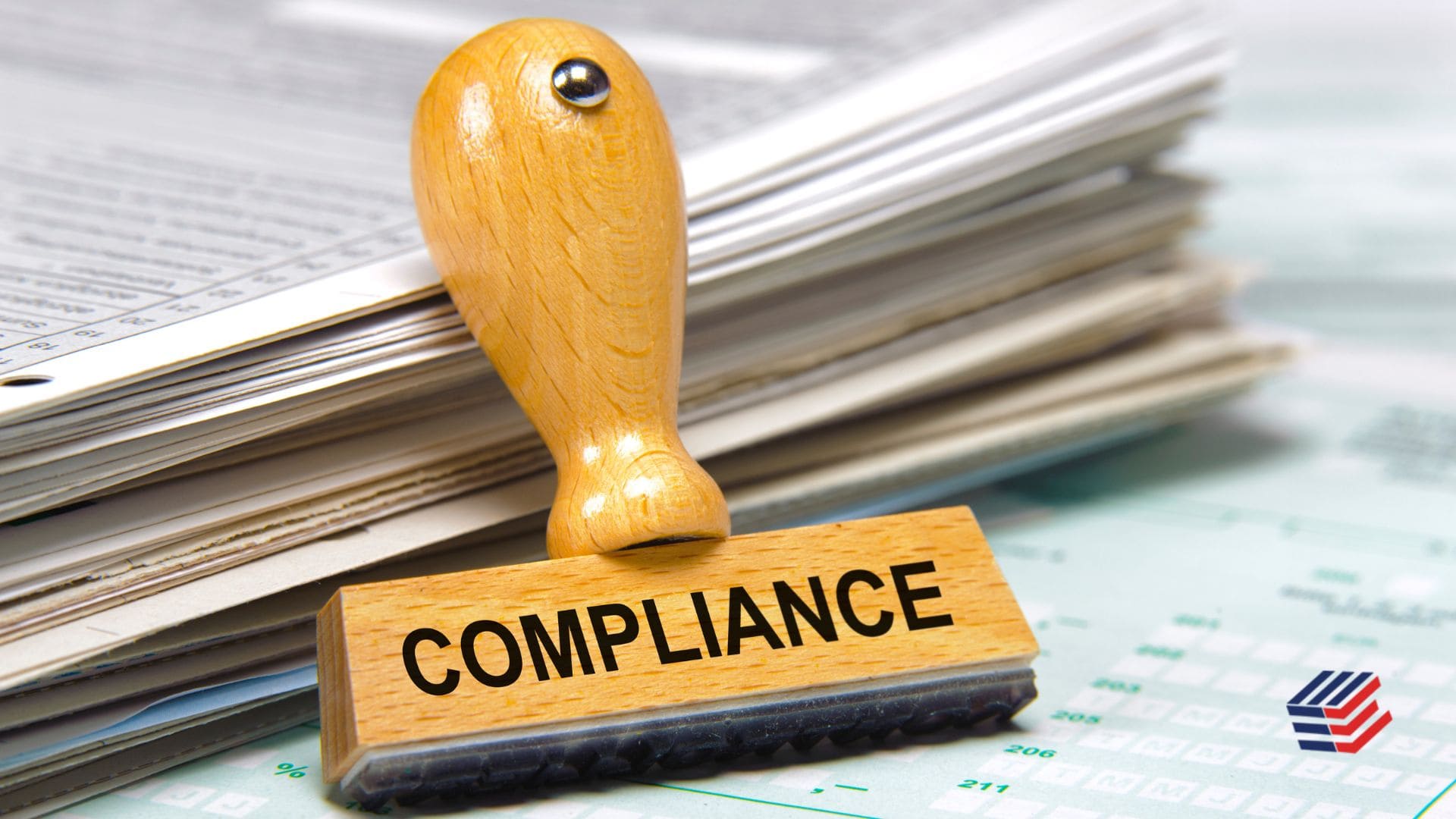Employee motivation, is an intrinsic and internal drive to put forth the necessary effort and action towards work-related activities. Motivation can be thought of as the willingness to expend energy to achieve a goal. There are many strategies to promote motivation amongst employees, and companies usually employ a mix of these strategies. The best employee motivation strategies focuses on what the employee feels most important. Different employees, even within the same team or department have different motivators.
Happy employees are generally more productive. In an SHRM survey it was found that less than 70% of employees felt they were utilizing their potential at work. In another Gallup survey it was found that only 20% of employees believe that their work is managed in a way that motivates them to perform better. Organizations need to give special importance to employee satisfaction as part of the overall company culture. Organizations also have now realized that flexibility in job design and reward systems show improved levels in employee commitment, engagement and productivity. The workplace is changing fast and managements need to realize that the needs of employees are changing. They just don’t want a JD to work with, there has to be something more significant in it for them. Some of the most important motivators for employees at work include job recognition, job security, benefits package, compensation or pay, and a safe working environment.
Here are some simple ways to improve performance and motivation at the workplace.
-
Employee Recognition
Employee recognition is the timely, informal or formal acknowledgement of a person’s or team’s behavior, effort or business result that supports the organization’s goals and values, and which has clearly been beyond normal expectations. It can be seen as a communication tool that reinforces and rewards the most important outcomes people create for your business. When you recognize people effectively, you reinforce, with your chosen means of recognition, the actions and behaviors you most want to see people repeat.
-
Employee Incentives and Benefits
Employee’s compensation package consists of constants and variables. The variable element or incentives in the package is dependent on performances and achieving specific targets given. Employee benefits include paid sick leave and casual leave, performance incentives, medical claim, health insurance, company sponsored holidays and outings to name a few. The importance of retirement benefits tend to rise with age of the employee. Also providing work flexibility with regard to timings and work locations is a successful method employed by the management to motivate employees.
-
Team Outings
A corporate team outing helps to establish connect among employees, reduce tensions, and gives them opportunities to communicate and share ideas outside of the workplace. A purposeful team outing helps to break the ice and eliminates certain communicative boundaries that exist in that space. A focus can be placed on improving overall confidence, morale, positivity, trust and personal growth as a team.
-
Gamification
Gamification: the process of adding games or game elements to tasks to encourage and motivate employees by creating healthy competition among teams to perform better at work.
-
Open Door Policy
Employees should be encouraged to speak their mind and openly share their ideas, issues, grievances and problems with their managers and should never feel intimidated to do so. Hearing and addressing these issues goes a long way in enhancing employee motivation towards work.
-
Maintain a Positive and Healthy Work Environment
Creating an environment of positivity, learning, innovation, tolerance, mutual respect helps in motivating employees to excel. The workplace should be a place of limitless opportunities, optimism, creativity and openness.
-
Have Short Term Goals
Setting short term goals is an effective way to develop momentum, build confidence among employees. Set short term goals on a weekly or daily basis, small targets to achieve, skills to learn. Plan on what to do in the next week or month, write it down and decide on the course of actions that need to be taken to fulfill the goals.
-
Provide Feedback
Employees thrive on feedback, positive and otherwise. Research has shown how employees want to feel in on things. Let employees know that what they do matters to the team and the organization. Employees look for honest feedback, and so it’s best to focus on the strengths and address weaknesses in a positive and constructive manner.
-
Individual Development Plans(IDPs)
Today, employees are more demanding with respect to personal growth and development. Without addressing this need, organizations would be unable to retain high potential and high performing employees for long. Career development and career counselling identifies the needs of the employee and evaluates how it aligns with that of the organization. Counseling provides employees the opportunity to define individual career goals in the context of the organization. Organizations then work with employees to then create Individual Development Plans(IDPs), goals and provide necessary training to equip and prepare them for future job opportunities.
-
Promote a Culture of Learning
A culture of learning promotes motivation amongst employees. When employees are encouraged in the process of self – development, there is continual learning and growth within the organization. This is a highly effective method in employee motivation as it creates both intrinsic and extrinsic rewards. Organizations provide employees with an environment to experiment and be creative, employ group activities and team learning, promoting a shared organizational vision and use systems thinking.


